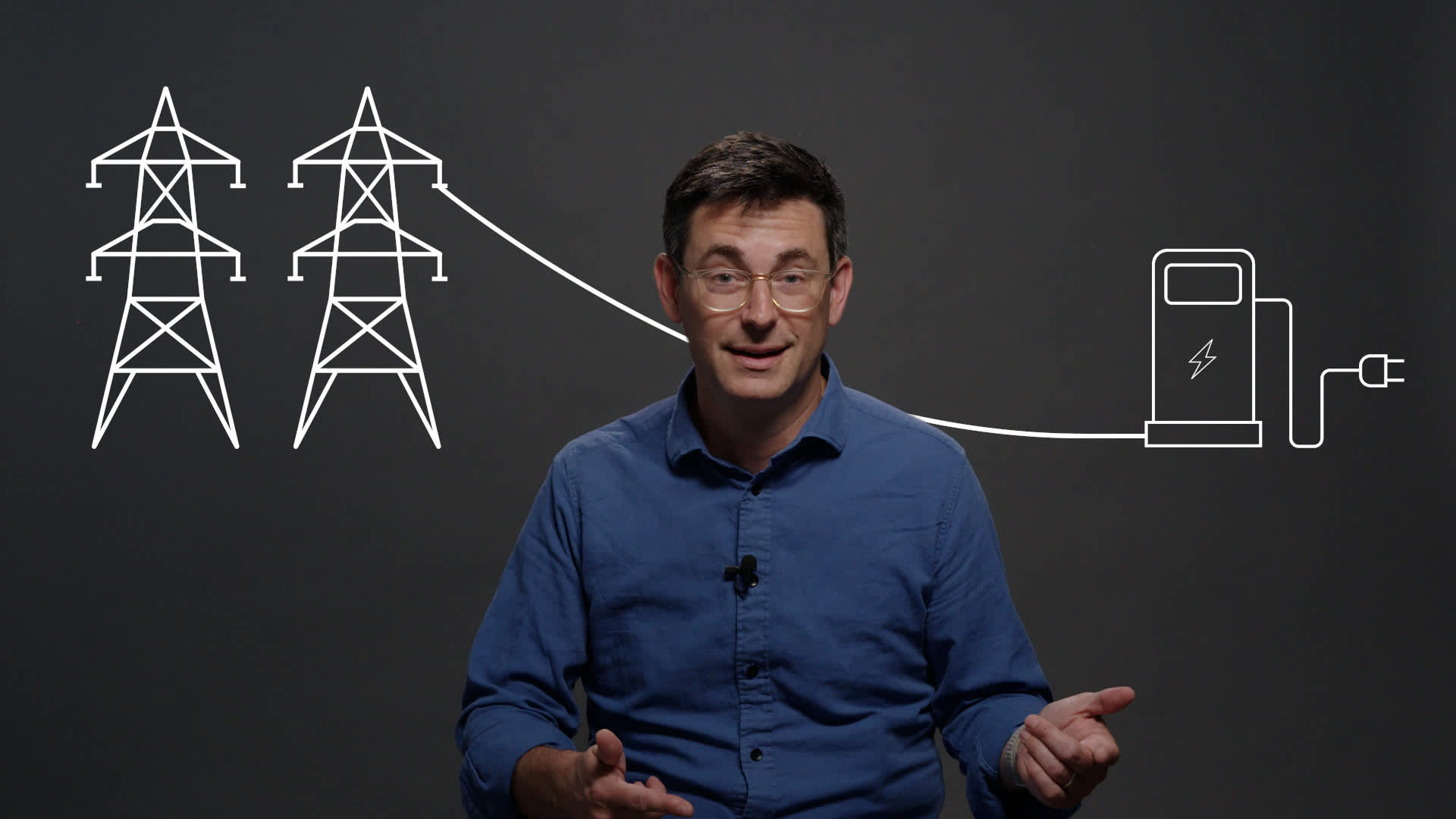
Brian McClure is Lyft’s racial equity policy manager.
As anyone who watched this year’s Super Bowl can attest, carmakers are intent on bringing EVs to the masses. Of four car commercials that ran during the broadcast, three were for EVs. That’s actually less than in 2022, when a half-dozen ads touted EVs — part of an effort, a GM executive said at the time, to “[get] people excited about EVs.” That’s an important goal, but as I watched the parade of electric Denalis and Hummers roll across the screen, I couldn’t help but think about who isn’t being included. Just as with the digital divide and remote work, communities of color again risk being left behind in the latest technological revolution.
Here’s the reality: For EVs to be a meaningful solution to the climate crisis, they need to be available and attractive to everyone, including communities of color. And right now, we are falling far short of that goal. As of 2018, Black and Hispanic people owned only 2% and 10% of EVs in the U.S., respectively, despite the fact that they represent 12 and 18 percent of the total population. This isn’t just a coincidence, or a sign that these populations are somehow inherently less interested in EVs. (Indeed, studies show that they are more interested than white consumers.) It’s because they face unique barriers, built over generations of structural and institutional racism. And for the EV revolution to succeed, businesses and politicians need to reach out to communities of color as aggressively as they’re reaching out to high-end SUV owners. Indeed, unless we address the ways that race impacts every aspect of EV adoption, the racial inequities we see today will only deepen.
As of 2018, Black and Hispanic people owned only 2% and 10% of EVs in the U.S., respectively, despite the fact that they represent 12 and 18 percent of the total population.
This all becomes clear when you look at EVs through the lens of racial equity — an emphasis on eliminating the impact of centuries of structural and institutional racism. We can see that impact everywhere: who has the means to purchase or lease an EV, who has access to charging stations, who receives messaging about incentives, who can access and utilize those incentives, who can be approved for loans to purchase an EV, who has reliable internet access to research EVs, and so on.
Any attempt to promote EVs must address those barriers head-on in order to be effective and racially equitable. Here’s just one example: In the past, some states offered generous incentives to purchase an EV — but only as a rebate after the purchase. That inadvertently excluded many Black and Hispanic customers, who may not be able to pay the upfront costs. (The typical Black American family holds one-fifth the wealth of the typical white American family — with a median bank account balance of just $1500.) Incentives designed with racial equity in mind distribute that benefit right at the dealership, reducing the out-of-pocket cost and making it easier for Black and Hispanic customers with low incomes to take advantage of it. Thankfully, the federal government has already adjusted its EV incentive in just this way, and some state programs — including Massachusetts’s MOR-EV program — are following suit.
But it’s not enough to just address one facet of the problem; truly tackling these issues requires a systemic and comprehensive approach. If you’re going to introduce special financing for EVs, you need to grapple with the fact that systemic discrimination in the lending industry has made it much more difficult for people of color to obtain financing for EVs. If you expect EV owners to charge their cars at home, you need to address the fact that Black and Hispanic residents are 30 percent less likely to own their house, making it more difficult for them to install chargers. If you want to encourage public charging, you need to deal with the reality that individuals living in racially concentrated areas of poverty are less likely to have access to public charging infrastructure.

No one person or organization can resolve all these issues alone. But there are some simple steps that decision-makers can take to ensure that they are taking racial equity into account. First and foremost, they should actively seek out the perspectives and experiences of communities of color — town hall meetings, community-based surveys, and other forms of direct communication. They should prioritize outreach and education to communities of color — working with community groups to educate people about the benefits of EVs and to help people understand the different types of EVs available and the incentives and programs available to support them. They should measure disaggregated data by race to understand the impact of their efforts on different communities — and make their findings public to increase transparency and accountability. And they should consider the impact on workers currently employed in the automotive industry — investing in workforce development programs and providing support to ensure that workers of color are not displaced as a result of the transition.
It’s great that carmakers are investing so much money and effort to get Super Bowl viewers excited about EVs. But if we want to create a more sustainable future, policy makers, car companies, and community stakeholders must focus on racial equity to ensure that all communities, particularly communities of color, have access to the benefits and opportunities that come with them.
With the right policies and investments, we can build a future in which all people have the chance to thrive in a low-carbon world.
The opinions stated in this article are those of the author and do not necessarily represent the views of Lyft or its affiliate companies.


